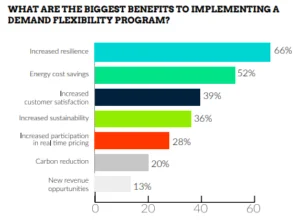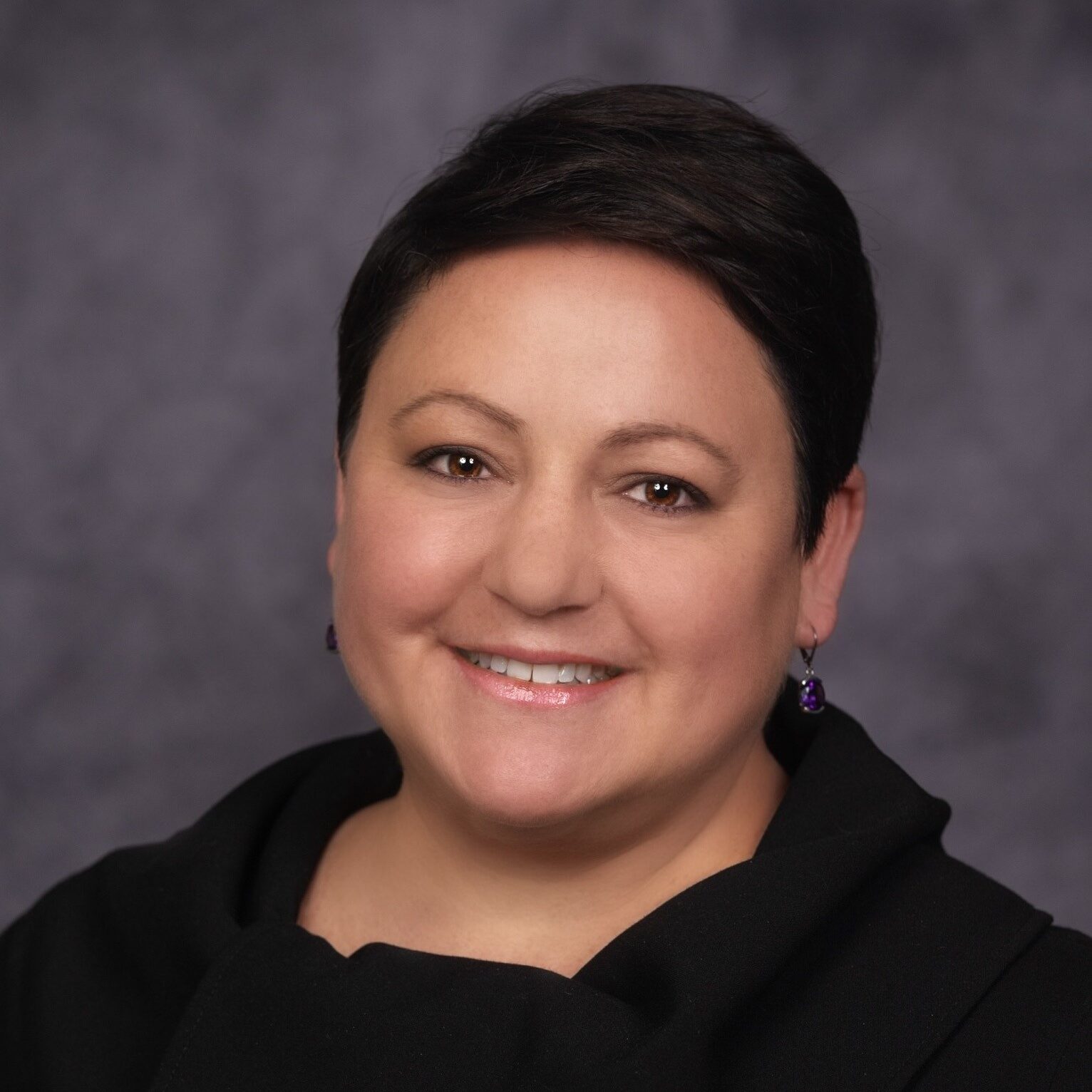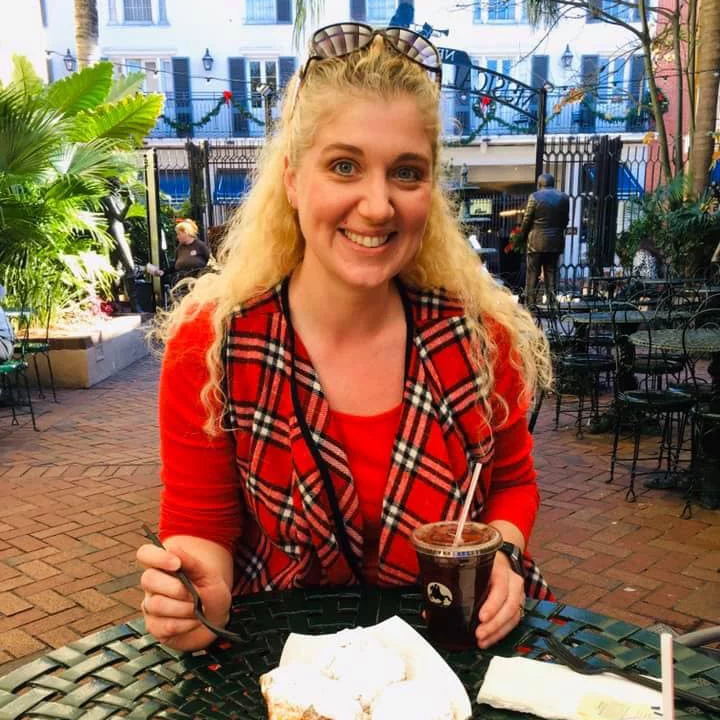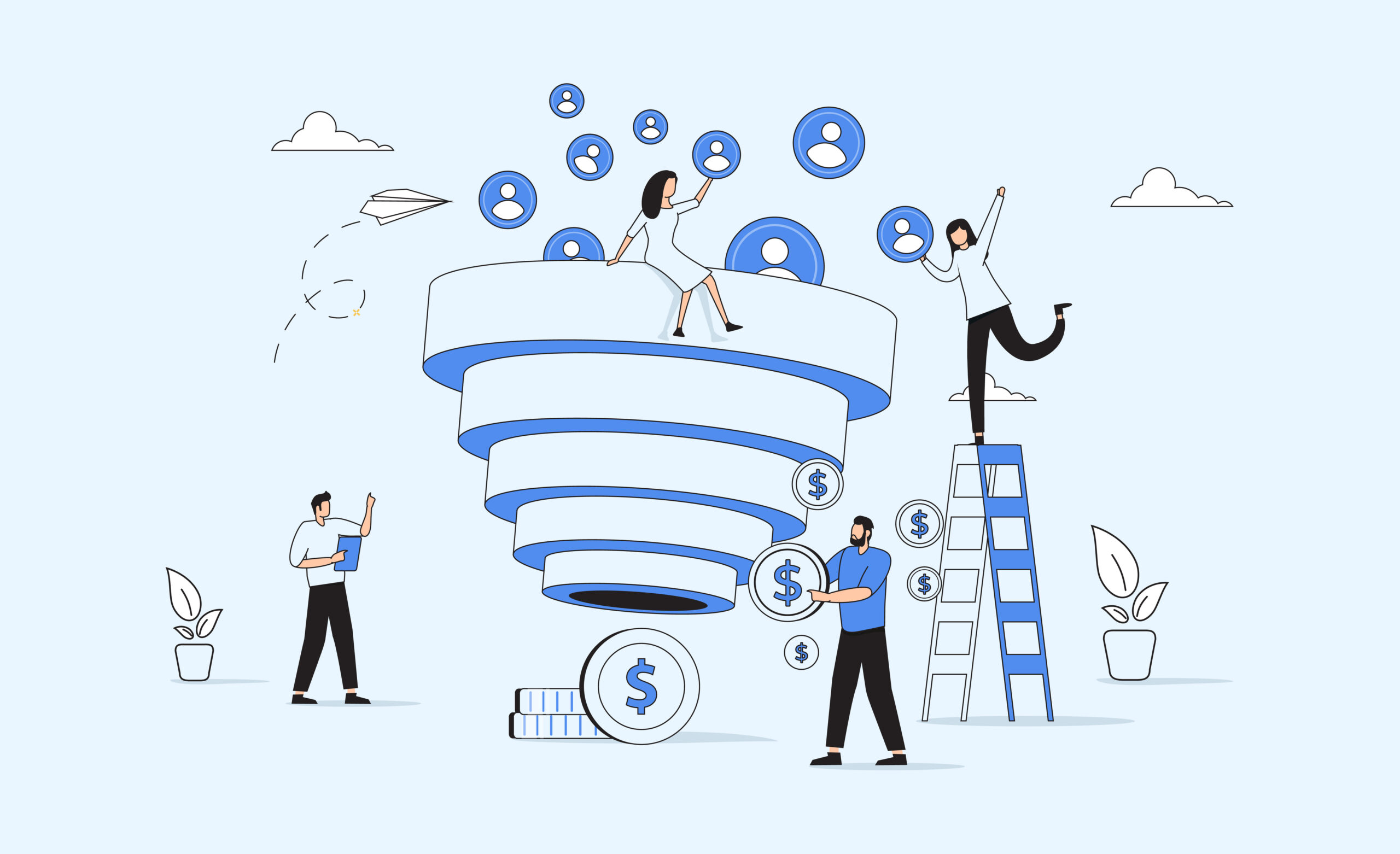The 20th-century formula for a reliable and functional grid depended upon the stability and predictability derived from designing generation and one-way power flow operations to meet peak customer demand requirements with limited customer interaction outside of responding to outages and billing questions. Given the substantial amount of time required to build a new centralized power plant, utility planners focused on time horizons that spanned years and sometimes decades. Overbuild your assets to accommodate future load growth and then wait until demand for power increases sufficiently to merit the start of construction on the next power plant, substation, or distribution feeder; demand flexibility initiatives like demand response or EV managed charging were barely even a concept until recently
The Energy Landscape Today
But much has changed in the last two decades and utility planning has never been more complex. Extreme climate events are becoming more prevalent, exposing weak points in utility infrastructure that result in longer and more frequent outages. Regulatory policies are shifting to expand customer options and require investments in a more modern and flexible electric grid. Customers, once a passive, captive audience, are now actively engaging in energy management and even adding their own distributed generation resources into the local energy mix.
– Jen Szaro, President & CEO, AESP
So, what’s a utility to do? If we were in Vegas, I’d say, slide some of those poker chips toward your customers. When designed effectively, utility/customer partnerships present an opportunity for everyone at the table to win big through concerted demand flexibility strategies that leverage the rapidly growing number of behind-the-meter distributed energy resources (DERs) found at the edge of the grid: customer devices.
To Build Or Not to Build?
There are two shared concerns between the utility and the customer that make them natural allies, and they happen to be a big deal: reliability and controlling costs. Sure, utilities could do what’s always been done:
- Build another plant over the next decade or so.
- Build additional substations, transmission, and distribution capacity to accommodate growth over the next 3-5 years.
- Pass along the bill to customers and try to help them understand why they have to pay more per kWh to cover the cost of these new investments.
But that’s a lose-lose-lose outcome. Utilities spend more money than needed, regulators fret at the request for another rate increase, and customers and community organizations suffer from increasingly expensive energy bills and, worse, feel locked out of the process.
But customer collaboration presents another avenue.
Your customers come to the energy sandbox with a desire for affordable and reliable energy, an army of grid-ready tech in tow, or the openness to this tech so long as it helps them control costs. If you allow them, they can help you solve many of your pain points while solving some of their own. Let’s look at how customer trust can benefit your demand flexibility load management tactics.
Customers Trust Utilities
AESP and its members have been working for decades to lay the foundation for a two-way grid where customers and utilities collaborate to meet our shared needs. And that future is here and now. According to member research, customers trust their utilities. They will let them into their homes to help manage their energy consumption costs. That’s huge. Few companies ever reach that level of trust with a customer. Sure, they’ll trust Facebook with data like their favorite burrito shop.
But still, there’s no open invitation to let Facebook mess with their home, HVAC, or water heaters. However, it isn’t all roses. Customers don’t view utilities as particularly innovative. For new solutions, they tend to look elsewhere. And that’s how they wind up with their army of smart water heaters, smart thermostats, solar panels, etc. They are not waiting around for the utility to solve their problems. But rather than fight this, utilities can use it to everyone’s benefit by engaging customers to enroll and participate in demand flexibility programs.
How Customer’s Enable Demand Flexibility
In fact, some utilities are doing just that—by embracing demand flexibility. Demand flexibility is the heartbeat of tomorrow’s grid. It’s the ability to orchestrate demand-side consumption on an interval basis to achieve greater grid stability by moderating consumption spikes, leveraging cleaner generation, and avoiding costly transmission and distribution upgrades. Its success is based on a foundation of partnership where the customer is the bridge between utilities and grid-ready tech that is in your communities right now!
AESP and its partners recently released the 2024 State of Demand Flexibility Report, which surveyed utilities’ thoughts about these programs and their progress. This research shows that utilities pursuing demand flexibility programs identify increased reliability, higher customer satisfaction, and cost savings as their main drivers.
- In the York Region of Ontario, Canada, AESP Member Alectra uses demand flexibility as part of a non-wires alternative demonstration to avoid forecasted transmission upgrades.
- In California, SMUD is using demand flexibility to better leverage behind-the-meter renewable energy.
- Green Mountain Power uses customer-owned battery systems to avoid purchasing expensive surplus power on cold winter nights – helping everyone control their bill costs.
- AESP Member Virtual Peaker is working with PGE on their Smart Battery Pilot program, creating a community-wide virtual power plant (VPP).
All of these examples are win-win solutions that can make regulators happy, control utility capital costs, and make customers feel included and valued.
Betting On Customer’s Will Pay Off For Demand Flexibility Conclusion
If this all sounds too good to be true, I don’t want to gloss over the fact that it is a lot of hard work. It requires an intentional and intensive community engagement effort that goes beyond the traditional mailers, flyers, commercials, and open comment periods during rate filings. It requires showing up to community meetings to listen, not talk. It requires engaging device partners and aggregators like Virtual Peaker, Nest, and others to enroll and participate in the demand flexibility programs needed to meet demand
But even with all that, it’s still less complex than trying to site and approve a new transmission line. If you want to learn more about the ins and outs or ask an expert, I recommend joining an AESP Topic Committee. Experts from Virtual Peaker, leading utilities, and community experts are all there and can help you find your way.





